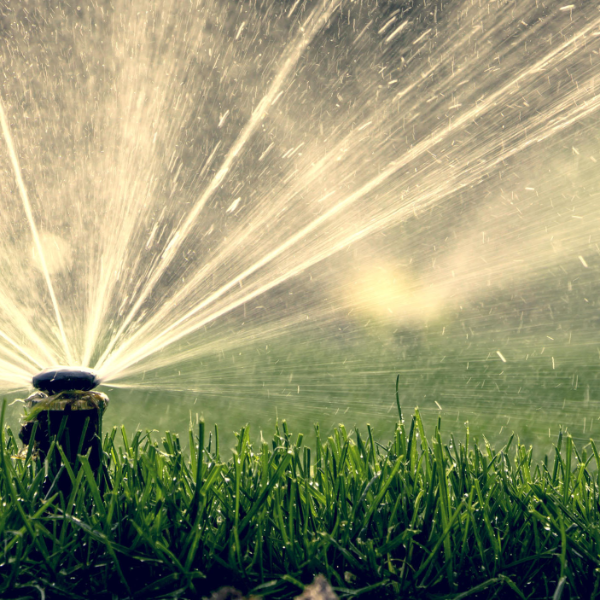Tool helps watermanagers forecast water demand in periods of scarcity

Tool helps watermanagers forecast water demand in periods of scarcity
Witteveen+Bos has worked with HKV to develop the Water Demand Forecasting Tool for the Dutch water agency Rijkswaterstaat and ten water boards. The tool forecasts the freshwater demand from the regional water systems up to six weeks ahead, based on expected precipitation and evaporation. If a water shortage threatens, the tool provides factual information on the water demand for various functions, so that interests can be weighed up when allocating water distribution and implementing measures to prevent damage due to shortages. Good information about freshwater demand is crucial in the decision-making process.
IJsselmeer area and Eastern Netherlands freshwater regions
The Water Demand Forecasting Tool has now been developed successfully for the IJsselmeer area and Eastern Netherlands freshwater regions. Witteveen+Bos has opted for a flexible and modular configuration, allowing the tool to be extended to other regions; new models can also be incorporated. Water managers like Rijkswaterstaat and water boards were also closely involved in developing the tool. Ebbing van Tuinen, project manager at Witteveen+Bos: ‘We obviously needed water managers’ knowledge of various water systems alongside objective information, such as meteorological data from weather models. Collaboration is indispensable in projects like this if you want to create a good product. The client could make adjustments in line with his knowledge of water systems and user functions.’
'The tool is intended for dry to extremely dry summers, like those we have experienced in recent years. Water managers want to be able to look ahead in such circumstances.'
Motivation
The motivation behind the development was 2018’s dry summer, when such up-to-date information was sorely missed. The spring of 2020 was extremely dry, and the drought appears to be growing for the time being with the current summer weather. Freshwater is needed for a whole range of uses: for the stability of dikes, the supply of drinking water, cooling water for industry, flushing for water quality, preventing salt penetration at locks, irrigating crops and water supply of vulnerable natural areas. These functions compete for priority when water shortages threaten.

Water demand forecast
The tool uses water demand models derived from the National Hydrological Model. The models indicate the relationship between the potential precipitation surplus and the water demand in a particular category, such as irrigating a certain type of crop. Key figures are used for water demand in categories such as drinking water, and cooling water for industry. The models are used in the water demand forecast by applying them to the current precipitation deficit, and to the weather forecast of a European weather model (ECMWF) looking six weeks ahead. The effect of the water demand uncertainty in the weather forecast is visualised by calculating an average, wet and dry scenario. Arie de Niet, data analyst and software developer: ‘The time has now come for the model to prove itself in practice. It will be used, applied and validated over the coming period. There will be evaluations with the water managers in the autumn.’
Interdisciplinary digital services
Water managers need to know: ‘How do we decide to timely distribute scarce water during extreme drought?’ That’s a question that the Witteveen+Bos water experts and engineers work with data and software engineers daily to resolve. With years of experience in advising water boards and water managers, we are ready to answer this question together.
More information?
